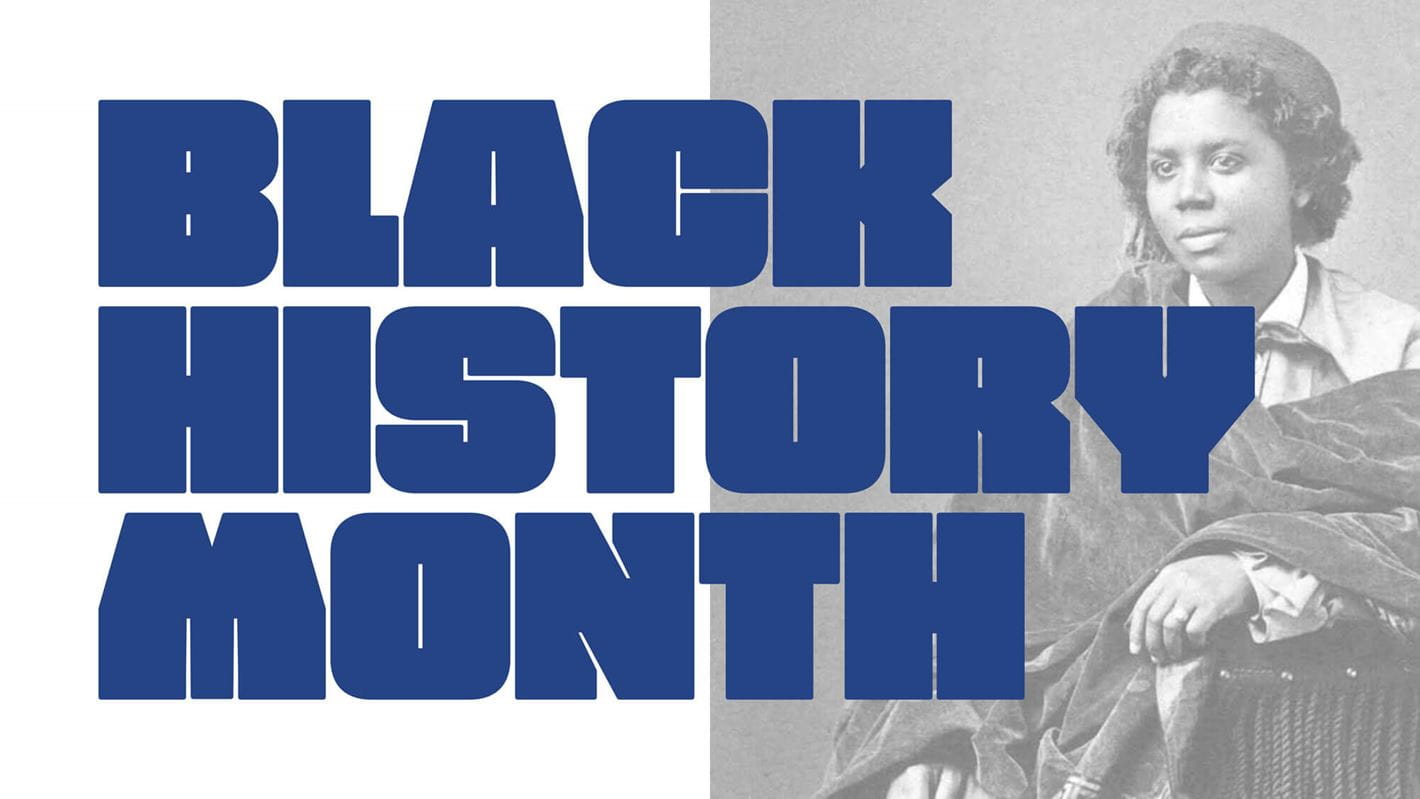Black History Month: Visual arts

Creativity is part of our everyday lives. It’s our passion, our raison d’être. For Black History Month, we’re taking the opportunity to celebrate this community’s rich artistic and creative heritage. Every week in February, we’ll honour the work of Black creators in fields that are near and dear to our hearts, kicking thing off with visual arts, followed by literature, technology, then architecture.
It is in our nature to praise and applaud the advancements and creations of great pioneers, groundbreakers, and revolutionaries. These creatives are never comfortable with the status quo, which motivates them to push the limits of formats and mediums, as well as the boundaries of their respective fields. Through their work, not only do they help the arts to progress, but they most importantly help society move forward, both in North America and around the world.
Let’s take advantage of Black History Month to soak in new colours, patterns and perspectives that can inspire us. Broadening our horizons, listening and understanding are what will allow us, as a community and as individuals, to grow and push our own boundaries.
Together, let’s work to tear down biases and overcome the algorithms. Let’s all celebrate the contributions of these great creatives.




